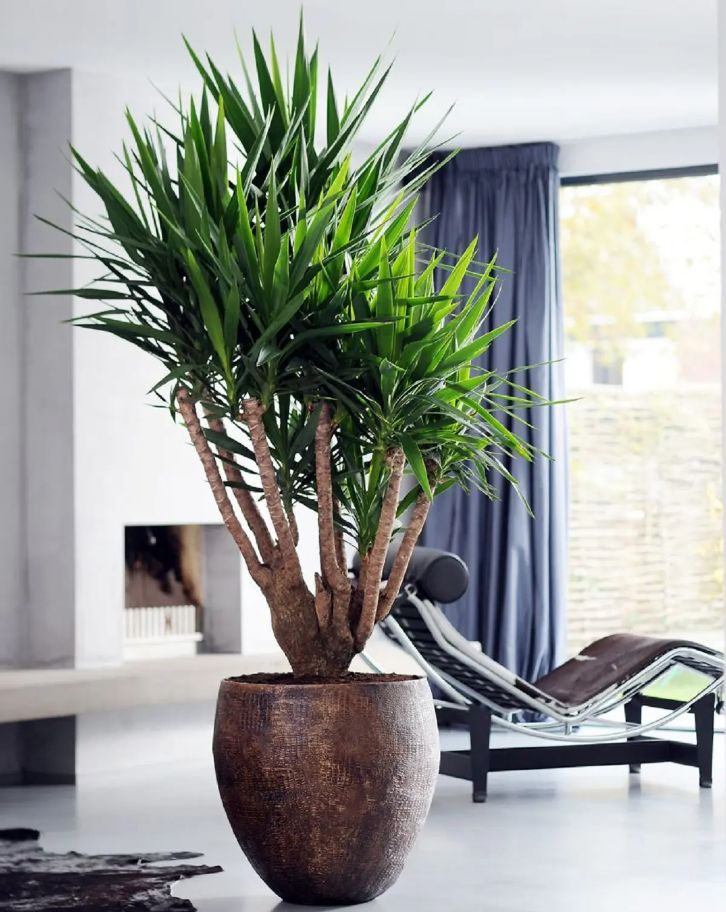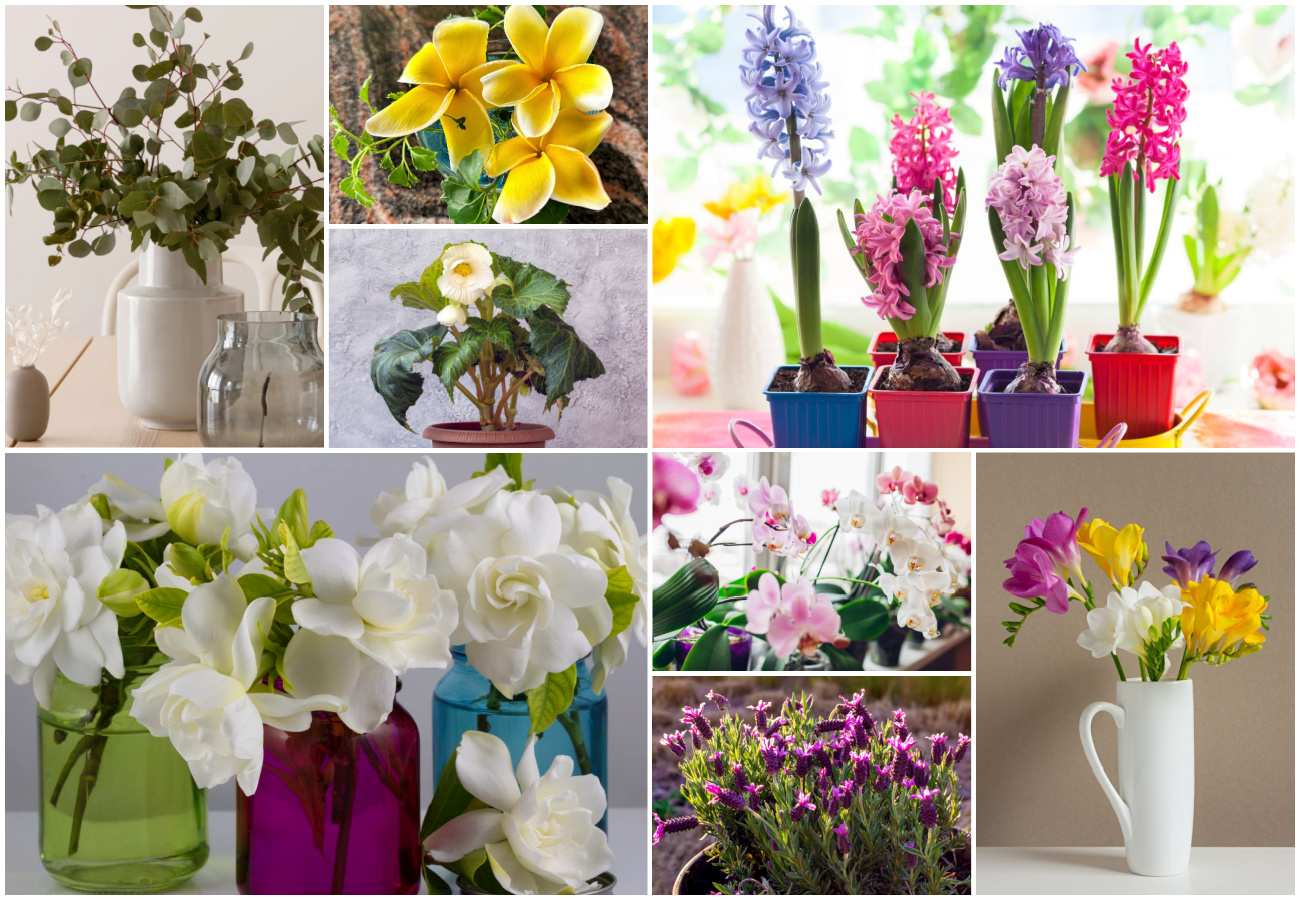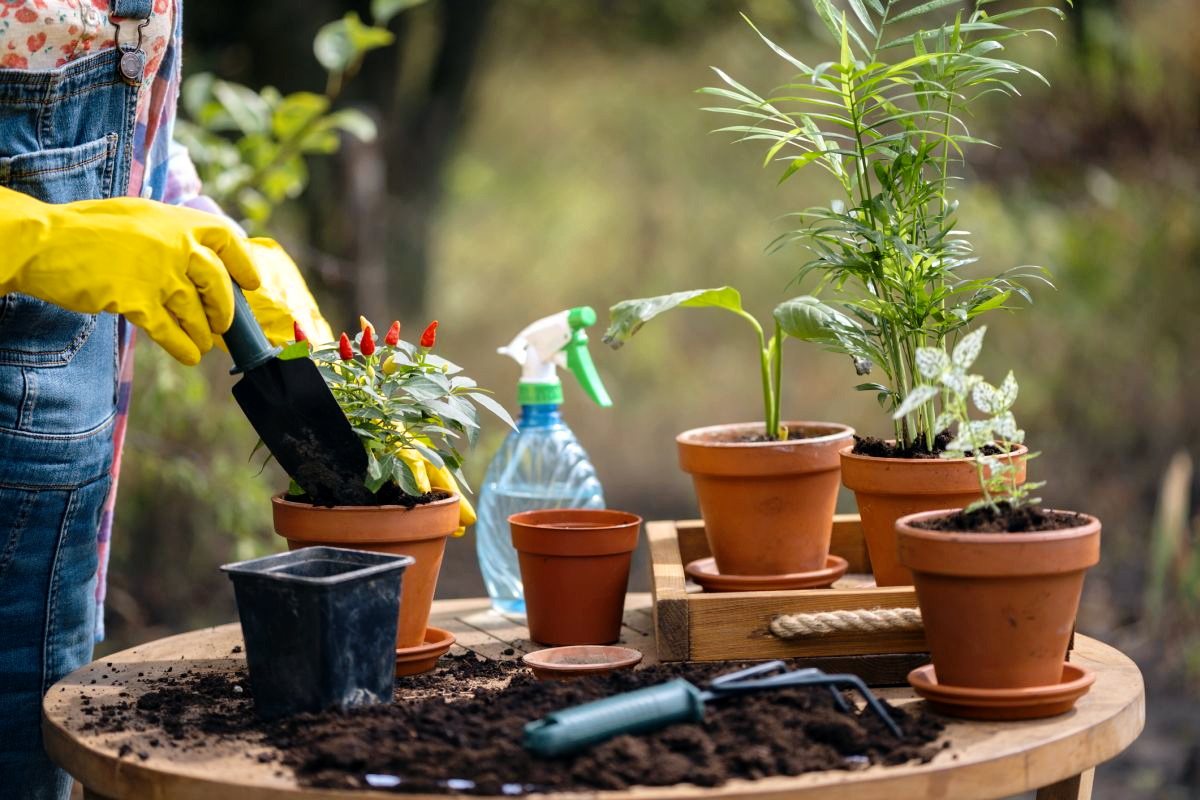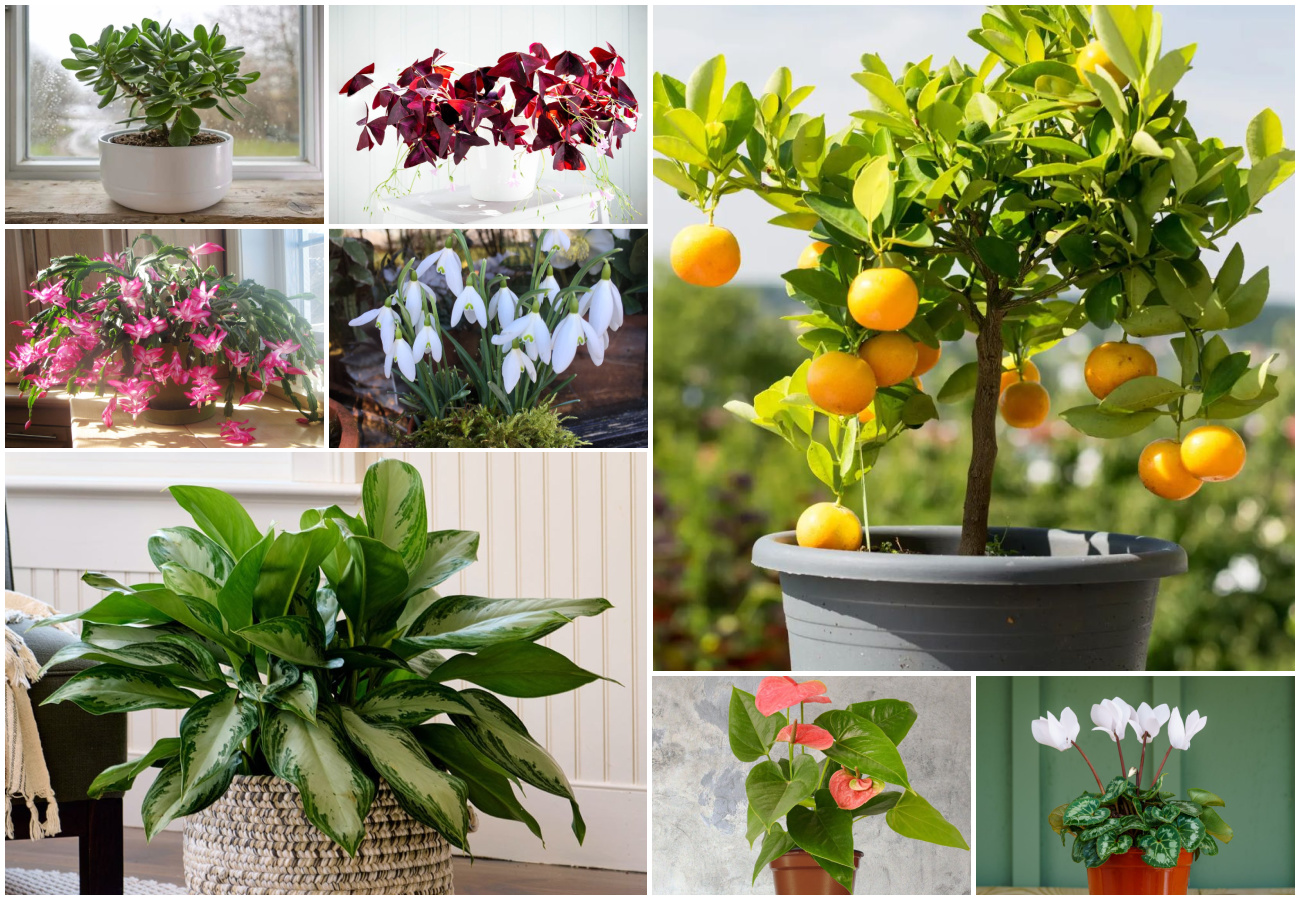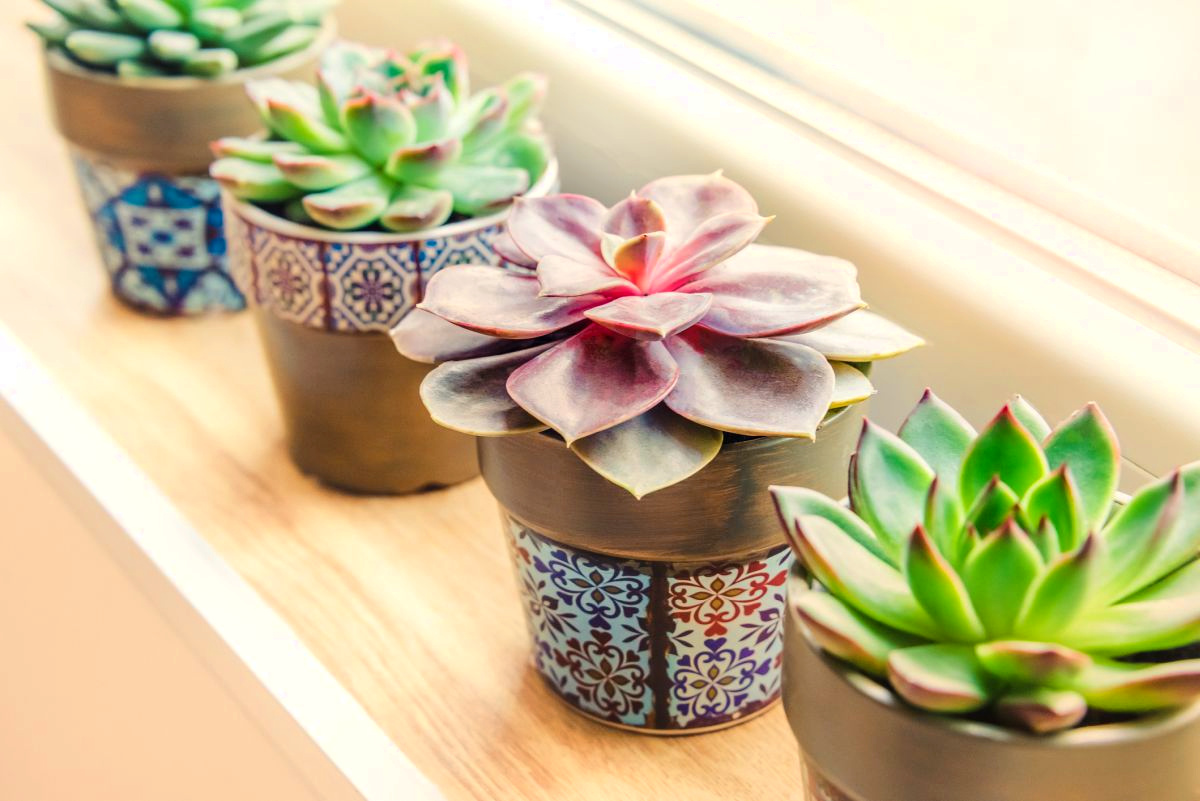Spineless yucca (Yucca elephantipes) is native to Mexico and the Caribbean. Spineless yuccas thrive with little neglect, so make great houseplants that don’t need too much attention. The plants are slow-growing, drought tolerant, and pest resistant.
Description
Spineless yucca has a brown trunk. The leaves grow out of the top end of the trunk. Spineless yucca has sword-shaped dark green leaves with a point on the end. The leaves are tough and leathery and arch. As the tree grows, the lower leaves yellow and fall off while new leaves form at the top of the trunk. While the spineless yucca spreads to only 20 inches, it can grow to fifteen feet after many years.
How to Care for the Spineless Yucca
While spineless yucca does better with a little neglect than with too much care, they still need to be taken care of. So here are the things you need to do to keep your spineless yucca happy for years to come.
Pots
Small spineless yucca can be grown in any pot with drainage holes. As the yucca gets larger, the plant becomes top heavy and will turn over if it is in a light pot. Choose a heavy pot and put wheels on it so you can move it when necessary. Ensure the pot has drainage holes and put a saucer beneath the pot.
Light
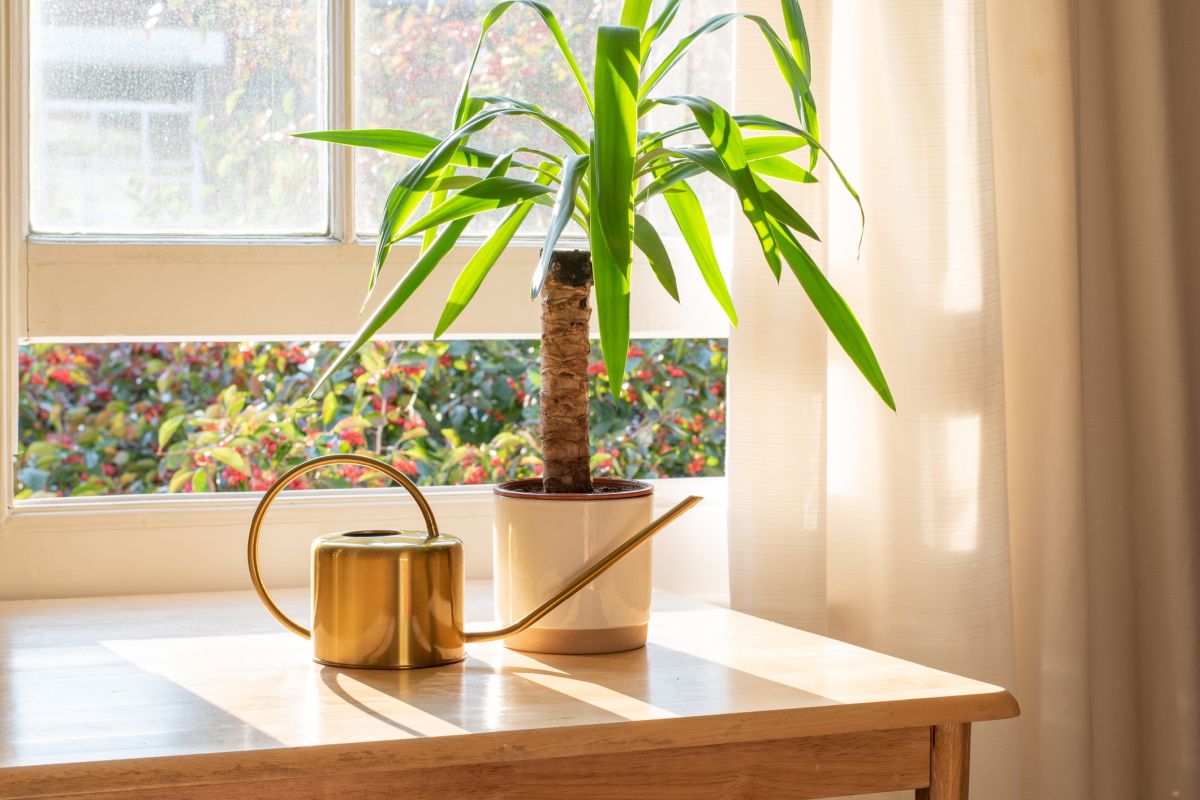
This plant thrives in bright, indirect sunlight. Direct sunlight will burn the leaves. The slow growth pattern of the yucca will be even slower if it does not get enough light, and it will not grow at all in low light conditions.
Soil
Spineless yucca will get root rot if the potting mix does not drain well. To avoid that, use a potting mix developed for cactus and other succulents. A richer potting mix is not a good idea for this plant.
Water
Spineless yucca should be watered once a week in the spring and summer. Reduce waterings to once every three weeks in late fall and winter. Water until water runs out of the drainage holes. Wait 15 minutes, then empty the water out of the saucer beneath the pot. Spineless yucca is very sensitive to overwatering, so let the top of the soil dry out between waterings.
Humidity
These desert plants like a moderate humidity level, so the humidity in a typical house works well for these plants. Do not put them in the bathroom as that has too high a humidity. Do not mist the leaves, either.
Temperature
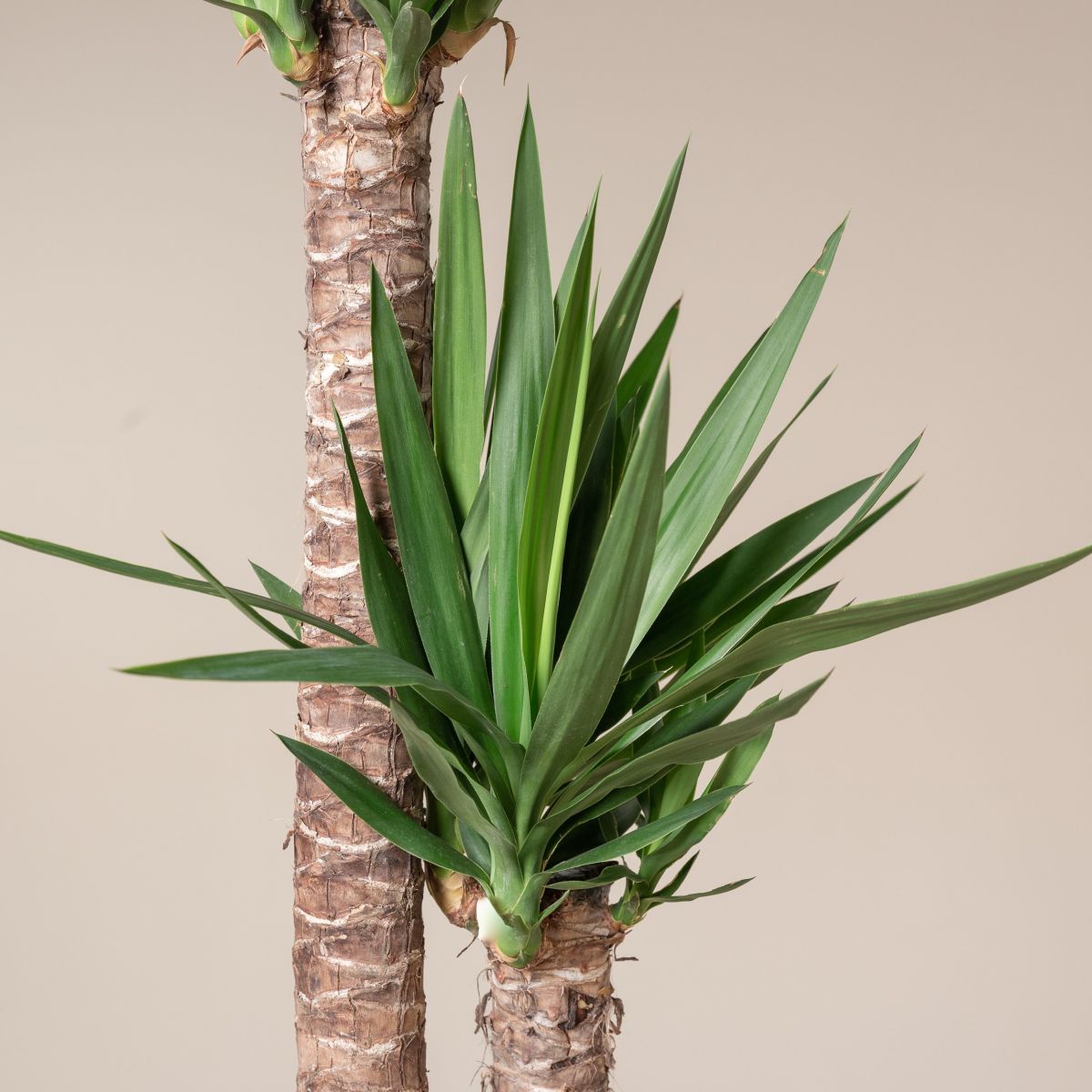
Spineless yuccas grow best between 50-80 degrees F. Since most houses are kept between these temperatures, you won’t have to do anything special to keep the yucca happy. However, do not let your spineless yucca get below 45 degrees F, or it will be damaged by the cold.
Fertilizer
Feed your yucca once a month with a water-soluble fertilizer formulated for house plants during the growing season. Do not fertilize the plant during the late fall and winter.
Weekly Maintenance
Each week, inspect your spineless yucca for pests or diseases. Dust the leaves with a clean, soft cloth. Turn the spineless yucca one-quarter turn, so the trunk does not begin to curve toward the light.
Pruning
As the lower leaves turn yellow, you can prune them off to keep your yucca looking its best. If your spineless yucca starts to outgrow its space, you can prune it. However, pruning the spineless yucca is slightly different from pruning other plants. Pruning is done in the early spring. Remove the yucca from its pot. Cut the trunk with a saw to the height you want. Replace the bottom part of the trunk into the pot with new potting soil. Plant the upper part of the trunk in another pot, cut side down. The trunk will grow roots if you keep the soil a little moister than a rooted yucca. Once the roots are established, reduce the watering to once a week.
Repotting
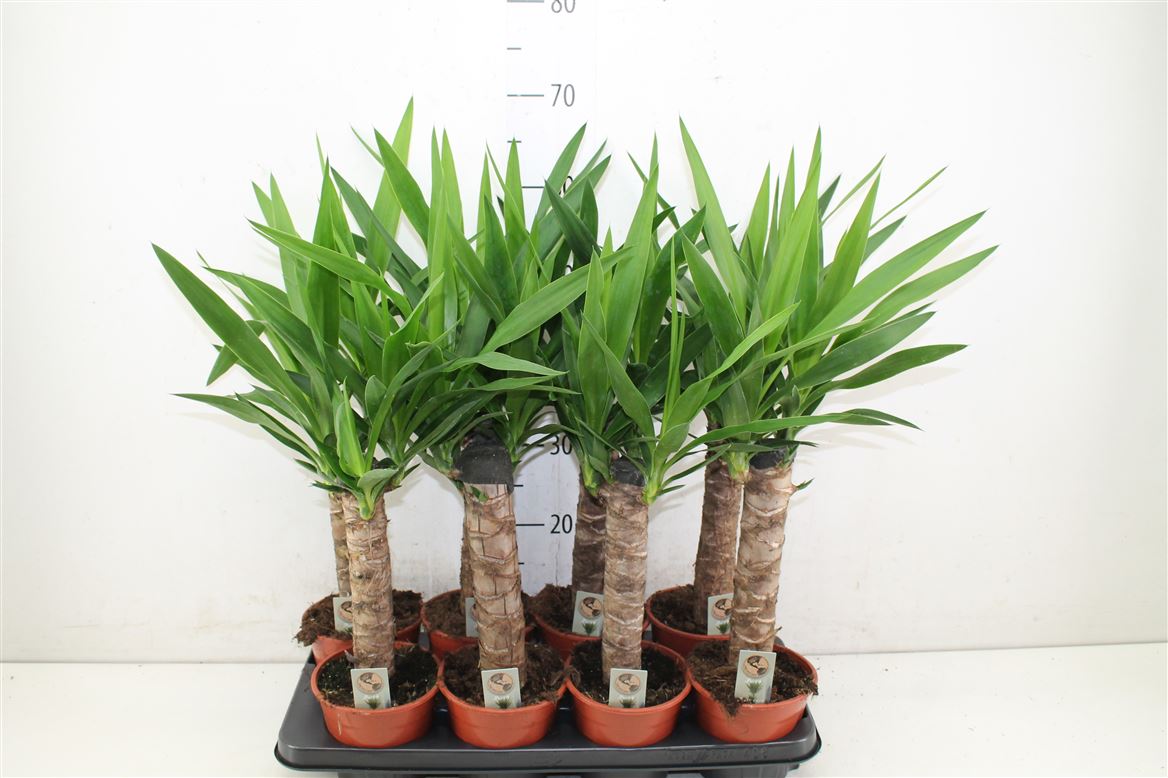
Spineless yucca likes to be somewhat pot-bound. Repot every two years by removing the yucca from the pot. Put the yucca in a pot 2 inches larger than the old pot. Use new potting mix, and compost or discard the old potting mix. If the yucca is very large and hard to handle, replace the top two inches of the potting mix as long as the roots are not coming out of the drainage holes. If that happens, the yucca has to be placed in a new, larger pot to continue to grow.
Propagating
As mentioned above, when you prune the spineless yucca, you get two plants. It is easier to propagate the yucca from either pup plants or division. Do both of these in the fall. Young plants, called pups, grow from the base of the yucca. When these plants are green, cut them off the parent plant. Make sure you cut some roots from the parent plant too. Pot these yuccas and keep the soil moist until they get established. You can also grow new yucca plants by division. Remove the plant from the pot. Separate the plant’s rhizomes and pot each in a new pot. Keep the soil moist until new leaves appear. Once the new plants become established, cut back the water to once a week.
Diseases of the Spineless Yucca
Spineless yucca is generally disease resistant but has some fungal diseases that announce themselves with black spots on the leaves and trunk. Getting the trunk and foliage wet when watering saturates the trunk with water and causes the fungus to grow. You can treat the spineless yucca with a copper fungicide or neem oil until the spots disappear.
Root rot will attack the spineless yucca if the plant is overwatered. If the leaves wilt even though the soil is moist, remove the plant from the pot. If the roots are slimy and black, the plant has root rot. If just some of the roots are rotting, remove them and repot the yucca in a new pot with new potting mix. Let the soil dry out on top between waterings. Do not use the old pot until you clean it well and let it soak in bleach water for thirty minutes.
Pests of the Spineless Yucca
Spineless yuccas are resistant to most pests. However, they do get aphids, mealybugs, and scale insects. Treat all of these pests with neem oil or insecticidal soap. Make sure you get the spray on all parts of the yucca that are above ground, including the underside of the leaves. You may need to treat once a week for several weeks in a row to achieve control of the pests. Use neem oil or insecticidal soap formulated for indoor plants.
Frequently Asked Questions
Yes, all parts of the spineless yucca are poisonous to people and pets. Make sure the plant is out of reach of pets and children.
Small spineless yuccas are readily available from big box stores, nurseries, and online. Larger specimens are available from nurseries and some online vendors. Unfortunately, the larger specimens are expensive and heavy.
No, spineless yucca grows from division, pupping, and cut trunks.
Spineless yuccas grow slowly and take many years to reach maturity.
Spineless yucca seldom blooms indoors. They only bloom when everything is just right; it is hard to do that inside.

